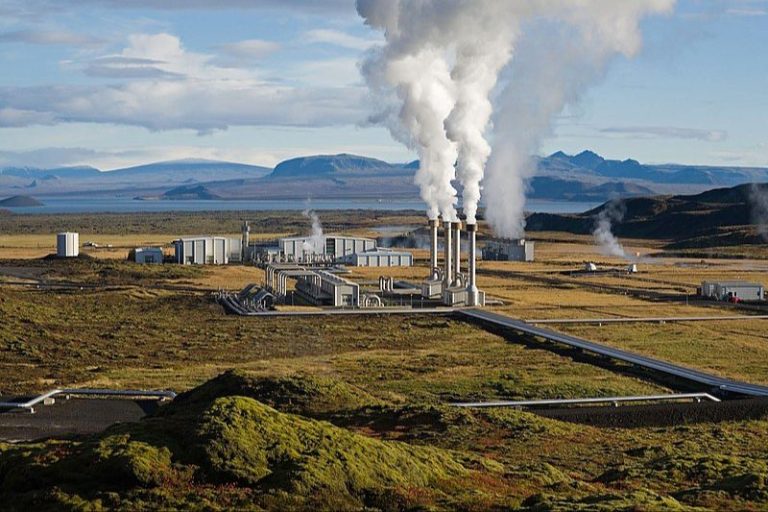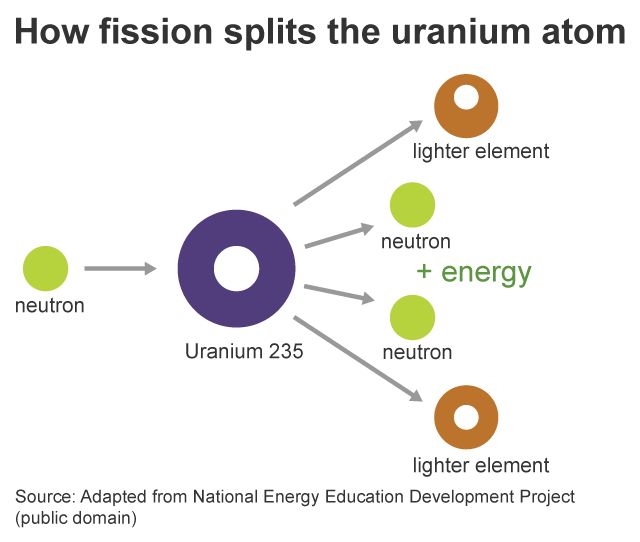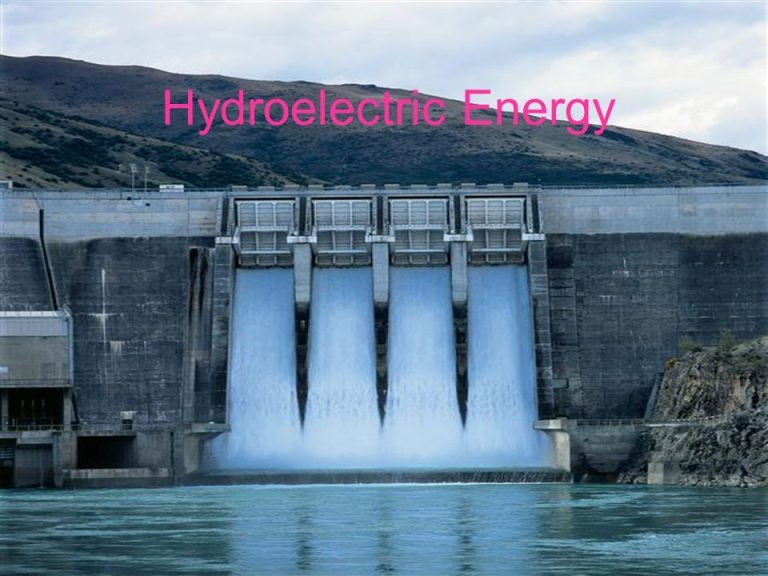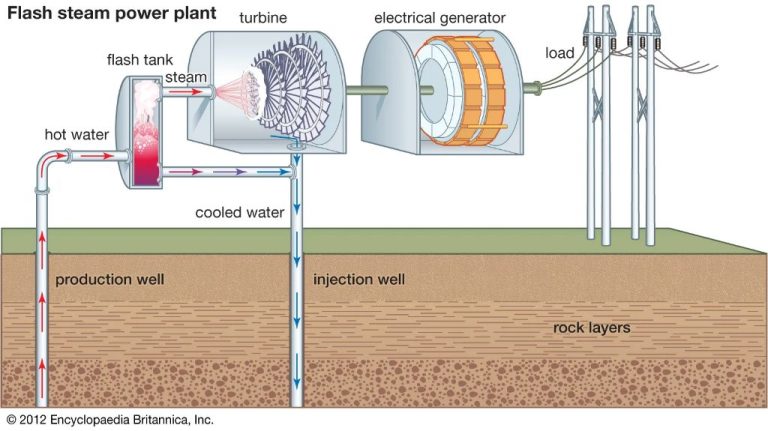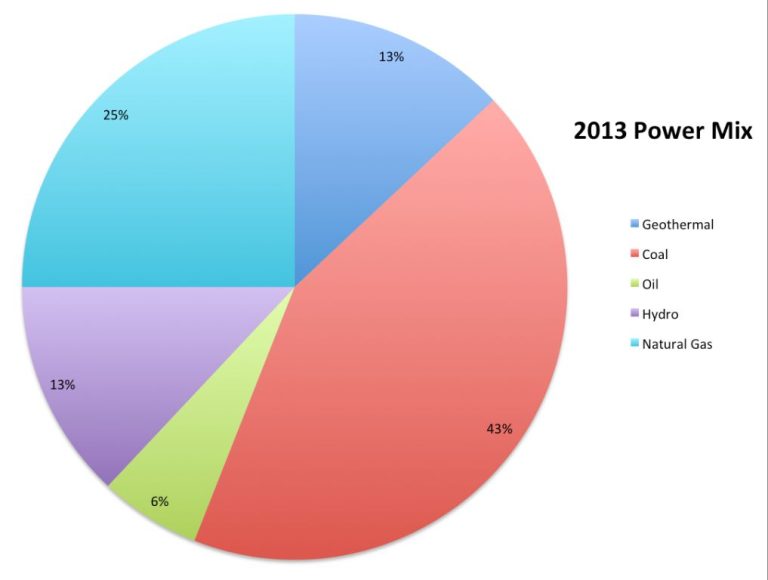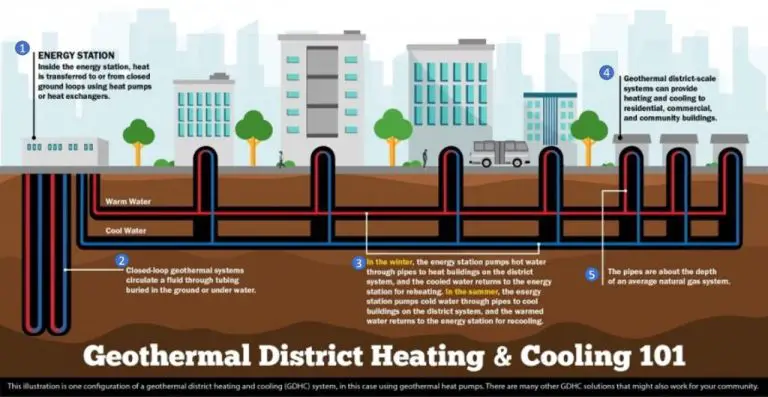Where Are Geothermal Power Plants Mainly Located In The World?
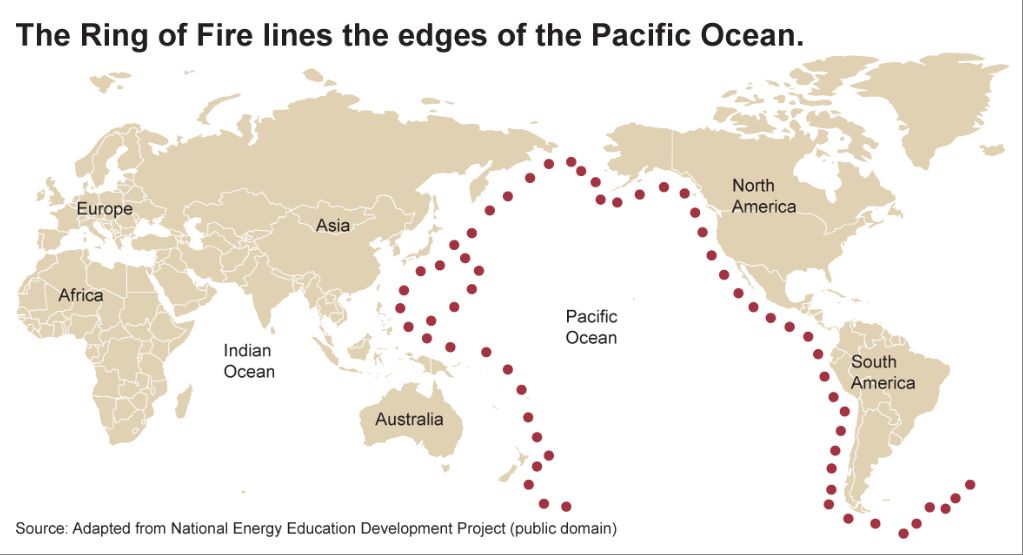
Geothermal energy is thermal energy generated and stored in the Earth. The geothermal energy originates from the original formation of the planet and from radioactive decay of minerals (1). It is a sustainable and renewable energy source because the heat is continuously produced inside the Earth (1). Geothermal power plants use the heat from the Earth’s interior to produce steam to drive turbines and generate electricity. They are built over geothermal reservoirs in areas where there is high underground temperature but relatively close to the earth’s surface. Typically, geothermal power plants drill wells into the reservoirs to pump the geothermal fluids to the surface and use them to produce electricity. Geothermal power is considered a clean and renewable source of energy because it does not generate greenhouse gas emissions directly.
Global Distribution
Geothermal power plants are mainly concentrated in regions with high geothermal activity such as volcanic areas and plate boundaries. According to ThinkGeoEnergy, the top countries for installed geothermal capacity in 2022 were the United States, Indonesia, the Philippines, Turkey, New Zealand, Mexico, Italy, Kenya, Iceland, and Japan. The United States led with over 3,500 MW of installed capacity, followed by Indonesia with around 2,000 MW. Other countries with significant geothermal capacity include the Philippines (1,900 MW), Turkey (1,500 MW), and New Zealand (1,000 MW). Iceland and Italy also have high proportions of geothermal in their energy mixes, meeting 30-40% of electricity demand.
Controlling Factors
The two main factors that control the viability of geothermal power plants in a given location are the geothermal gradient and the subsurface permeability. The geothermal gradient refers to the rate of increasing temperature with depth below the earth’s surface. Areas with a high geothermal gradient, such as along tectonic plate boundaries, allow power plants to access hotter resources at shallower and more economical drilling depths. Subsurface permeability is a measure of how interconnected pore spaces are in rock and sediment layers. Higher permeability means fluids can flow more freely through the subsurface. Good permeability is crucial for geothermal systems, as it allows water heated by hot rocks to circulate up to the surface where it can be used in power plants.
According to an IEEE study, geothermal gradient is the most important factor, as temperature determines the amount of power that can be generated (IEEE, 2017). However, permeability is also essential. Even in high heat flow areas, tight subsurface formations prevent fluid circulation, rendering the resource unusable. Both factors must be favorable at a location for an economically viable geothermal power plant.
Western USA
The Western United States has significant geothermal resources due to its location along the seismically active Pacific Ring of Fire. California is the leading state for geothermal power generation in the region.
The Geysers in northern California is the largest geothermal field in the world. It spans across Sonoma, Lake, and Mendocino counties and contains more than 20 geothermal power plants with a net capacity of over 750 MW, supplying 60% of the state’s renewable electricity. The complex harnesses steam and hot water found between 500 to 12,000 feet underground along the Mayacamas Mountains.
Other major geothermal power plants in California include the Heber Binary project, the Salton Sea geothermal field, and the Coso geothermal field. The state’s total geothermal generation capacity is over 2,700 MW. According to the California Energy Commission, geothermal energy accounts for about 5% of California’s total system power today. (California Energy Commission)
Indonesia – Abundant Geothermal Resources
Indonesia has the largest geothermal energy potential in the world, estimated at over 27 GWe, due to its location along the “Ring of Fire” zone of active volcanoes and high volcanic activity. As of 2021, Indonesia had about 2.4 GW of installed geothermal capacity, making it the second largest producer of geothermal power after the United States.
Most of Indonesia’s geothermal capacity is located on the islands of Java and Sumatra, which have ideal geology for geothermal resources. Java accounts for about 1,800 MW of installed capacity from several large geothermal fields including Kamojang, Darajat, Wayang Windu, and Dieng. In Sumatra, the Sarulla geothermal field is one of the largest in the world with an installed capacity over 320 MW. There are also sizeable geothermal plants located in North Sulawesi, Maluku and Nusa Tenggara islands.
With abundance of untapped potential, the Indonesian government aims to grow geothermal capacity to 7.2 GW by 2025. However, development has faced challenges including financing constraints, infrastructure limitations, and regulatory issues. If these can be overcome, geothermal power could play a major role in Indonesia’s renewable energy growth and reducing carbon emissions.
Philippines
The Philippines has the second largest installed geothermal power capacity in the world, after the United States. As of 2021, the country had 1,928 MW of installed geothermal capacity, meeting about 13% of the country’s electricity demand.1 The Philippines has ideal conditions for geothermal power generation due to its location along the “Pacific Ring of Fire,” making it volcanically and seismically active. There are several major geothermal fields located near volcanoes and other geological hot spots throughout the archipelago.
Some of the largest geothermal plants are located near active volcanoes like Mount Apo in Mindanao, the Makiling-Banahaw volcanic complex in Luzon, and the Leyte volcanic belts in the Visayas. The Tiwi and Makban geothermal power plants in Luzon, for example, draw steam from fissures and vents connected to the active Makiling-Banahaw volcanic complex. The Philippines is actively working to expand its geothermal capacity, with new binary power plants coming online near Tiwi and other productive geothermal areas situated along volcanic arcs and faults.2
Iceland
Iceland has an abundance of geothermal energy due to its location on the Mid-Atlantic Ridge. According to Wikipedia, Iceland generates over 25% of its electricity from geothermal sources. As of 2020, Iceland’s geothermal plants have an installed capacity of 799 MW.
Iceland heavily utilizes geothermal energy for power generation and heating. Over 85% of Iceland’s homes are heated using geothermal energy. Iceland has five major geothermal power plants located across the country. The country continues to expand its geothermal capacity, with plans to bring online up to 300 MW of new generation in the next few years, according to Energy Transition.
Due to Iceland’s unique geology with ample underground hot springs and lava flows, the country has some of the most extensive geothermal resources in the world. This has allowed Iceland to become a global leader in using geothermal energy for electricity production and heating.
Italy
Italy has significant geothermal resources, especially in the volcanic regions like Tuscany. The Larderello geothermal field in Tuscany is considered the site of the world’s first geothermal power plant. It was developed starting in 1904 and currently produces around 760 MW of power, meeting about 1.8% of Italy’s electricity demand.(1)
Overall, geothermal power accounts for around 1.6-1.8% of Italy’s total electricity production. As of 2010, geothermal energy represented about 7% of Italy’s total renewable energy production. Additional geothermal fields are located in Mt. Amiata in Tuscany, Latera in Lazio, and Ischia Island near Naples.(2)
Italy has an estimated geothermal energy potential between 500 million and 10 billion tonnes of oil equivalent that could potentially be extracted and utilized.(3)
New Zealand
New Zealand has significant geothermal resources for power generation, especially across the central North Island where there are abundant high-temperature resources. As of 2022, there were over 20 geothermal power plants in operation with a total installed capacity of over 1,100 MW, generating around 17% of New Zealand’s electricity demand (Geothermal in New Zealand |Systems, Electricity and Uses).
The majority of geothermal development has occurred in the Taupo Volcanic Zone which stretches across the central North Island from Whakaari/White Island in the north to Ruapehu in the south. Major geothermal fields here include Wairakei, Ohaaki, Rotokawa, Mokai, Ngatamariki, and Kawerau. Some of the largest geothermal power stations are located at Wairakei (installed capacity 490 MW), Te Mihi (166 MW), and Nga Awa Purua (132 MW) (Profiling the top five largest geothermal power stations in New Zealand).
On the South Island, there are a number of low-temperature geothermal resources that are suitable for direct heat uses. Only one geothermal power plant operates on the South Island at Ngawha, providing 25 MW of renewable electricity generation capacity.
Conclusion
In summary, the locations where geothermal power plants are mainly found share common geologic characteristics that make geothermal energy generation feasible. The western United States, Indonesia, the Philippines, Iceland, Italy, and New Zealand all have high geothermal resource potential due to their location near tectonic plate boundaries and volcanic activity. While geothermal power currently provides only a small percentage of global electricity generation, it offers an important renewable baseload energy source that complements intermittent renewables like wind and solar. With further technological improvements and exploration, the number of geothermal power plants globally could continue to grow, especially in countries situated in geologically active regions.

